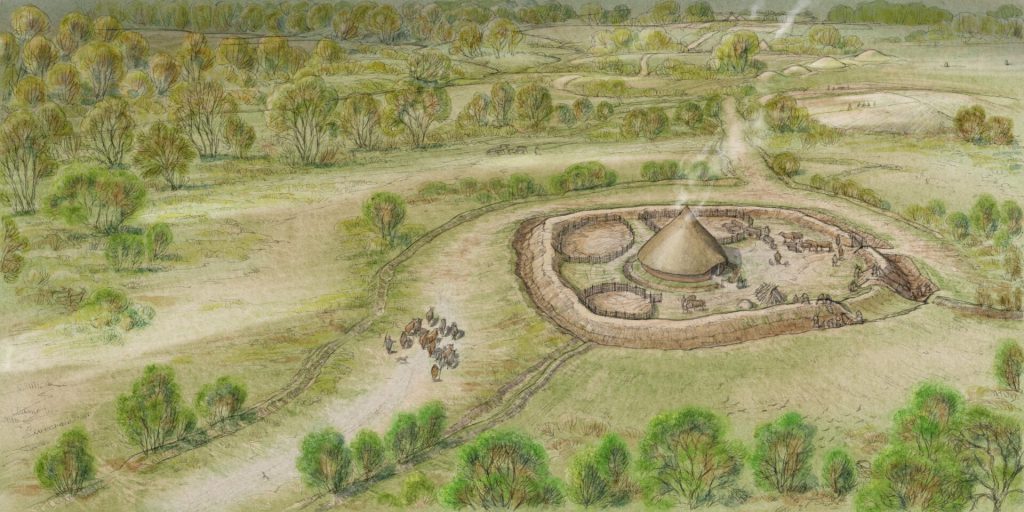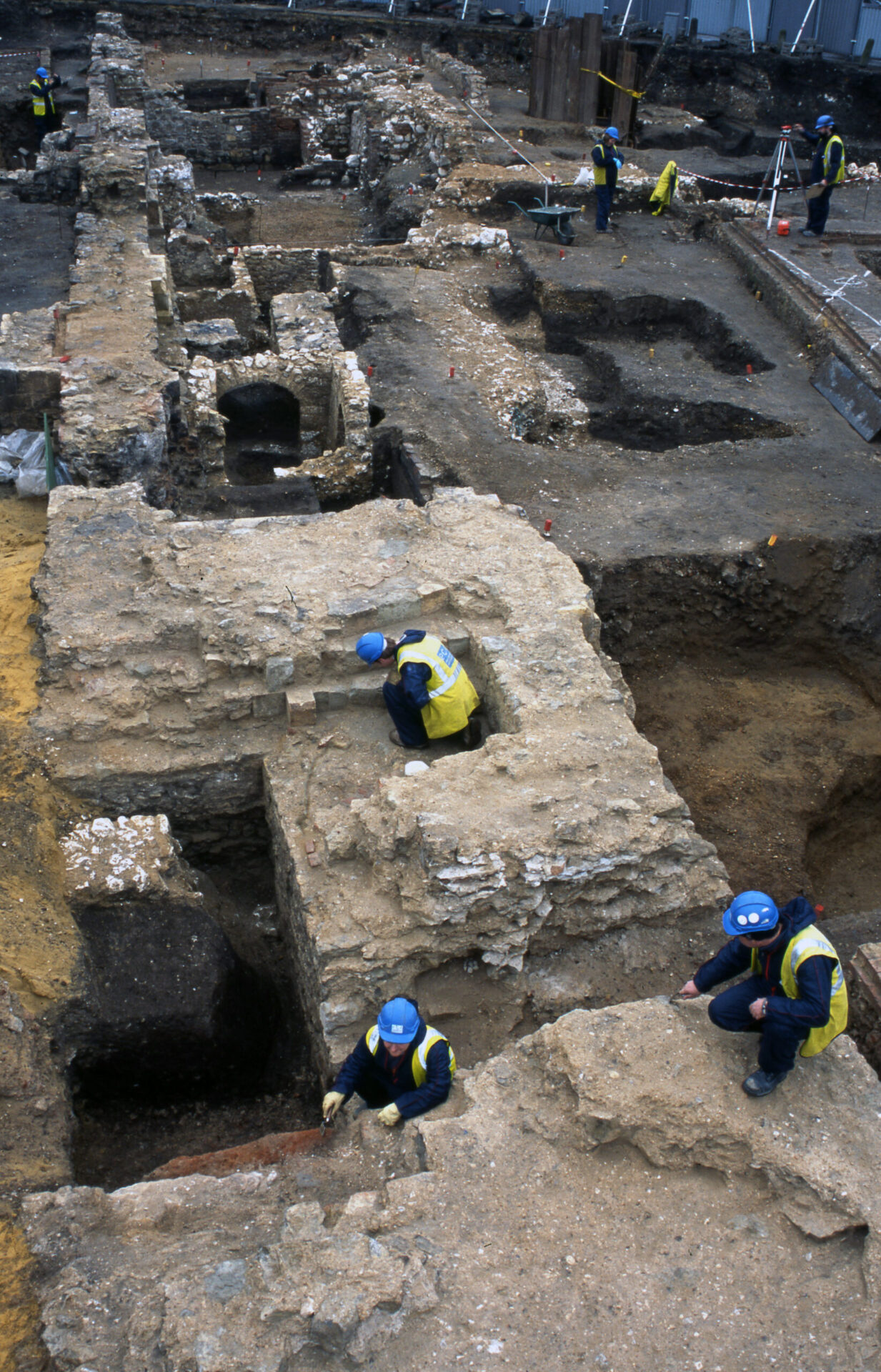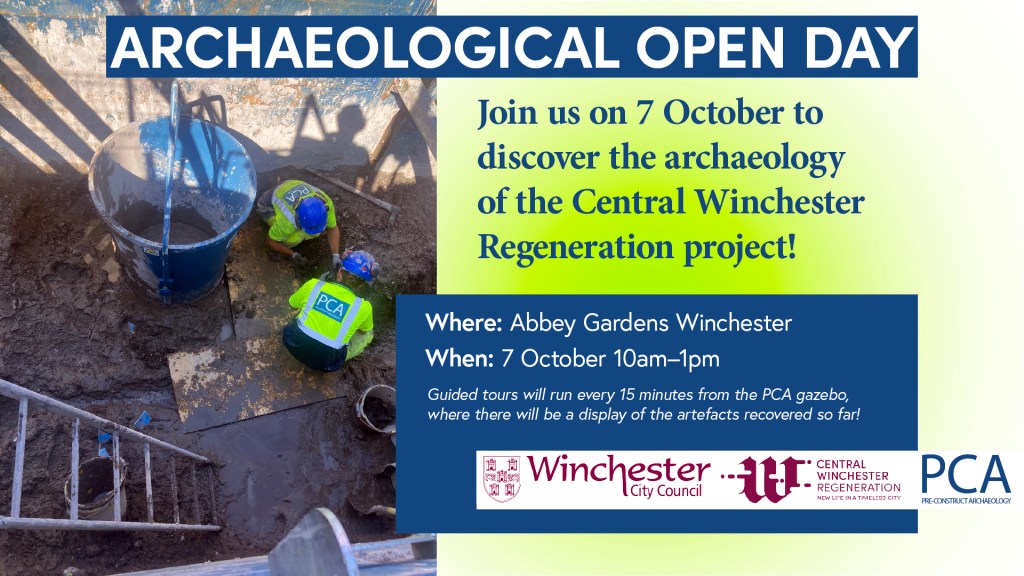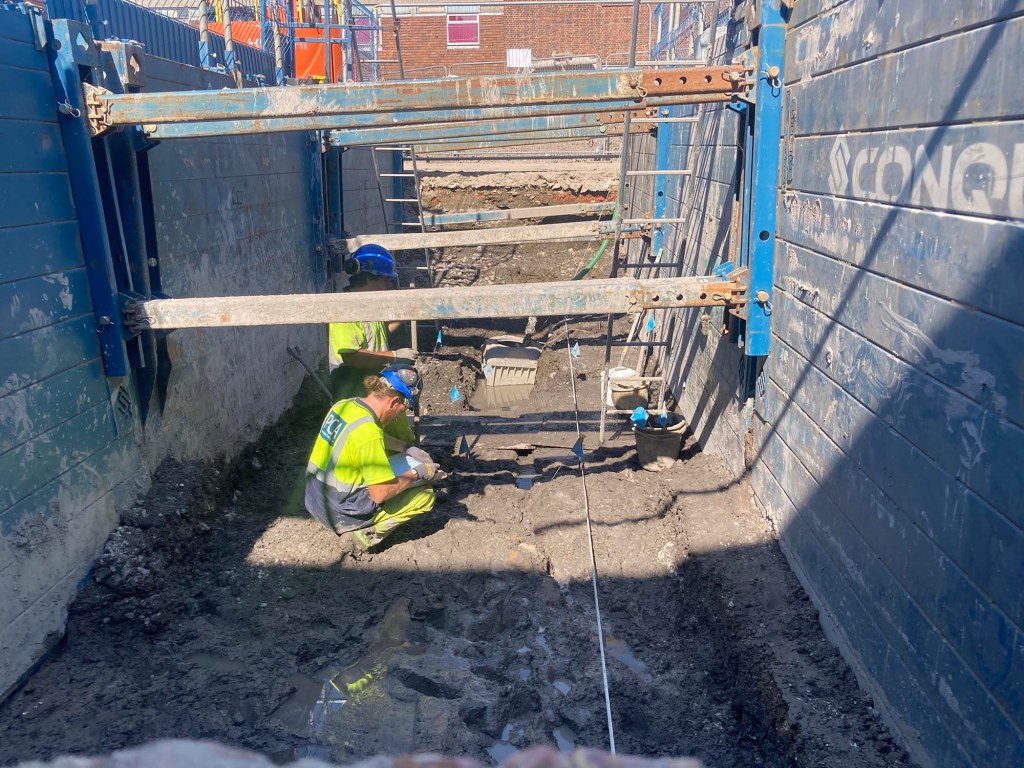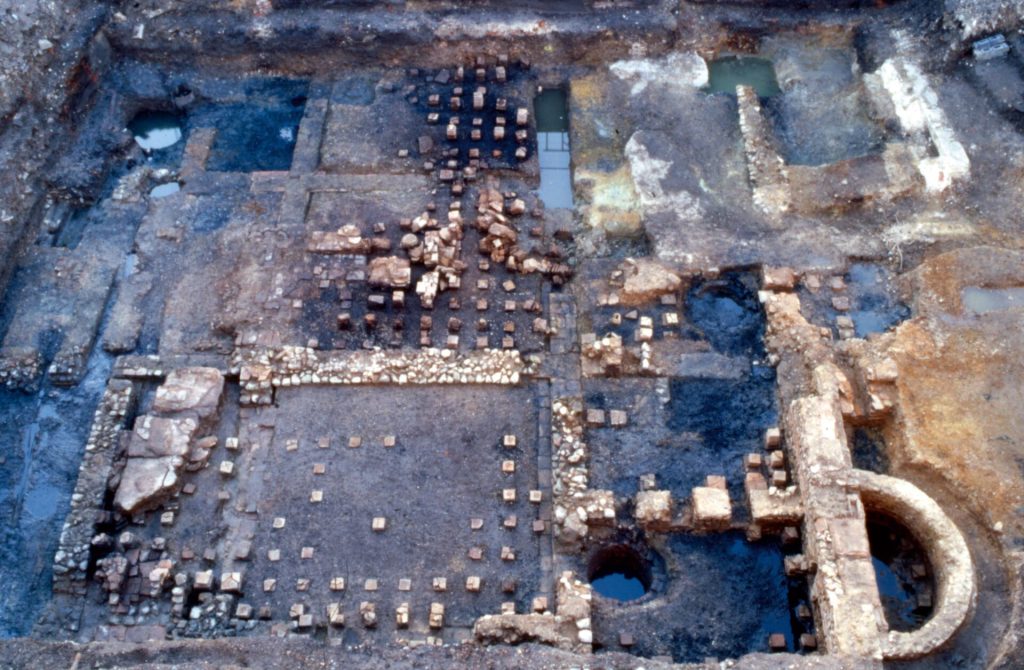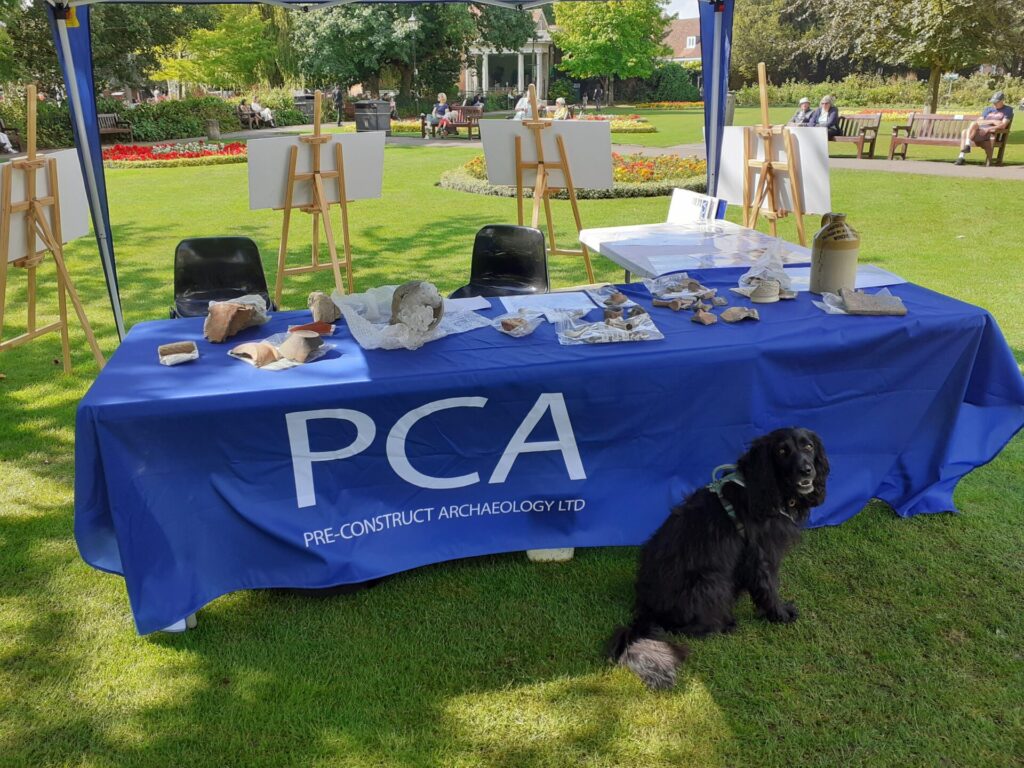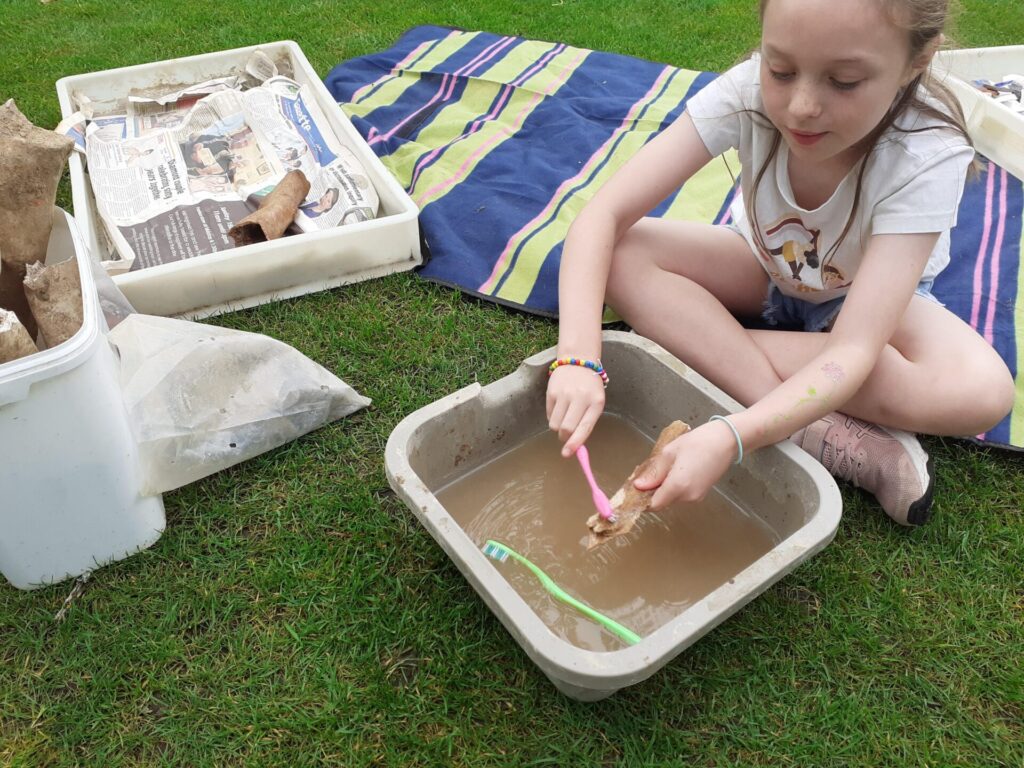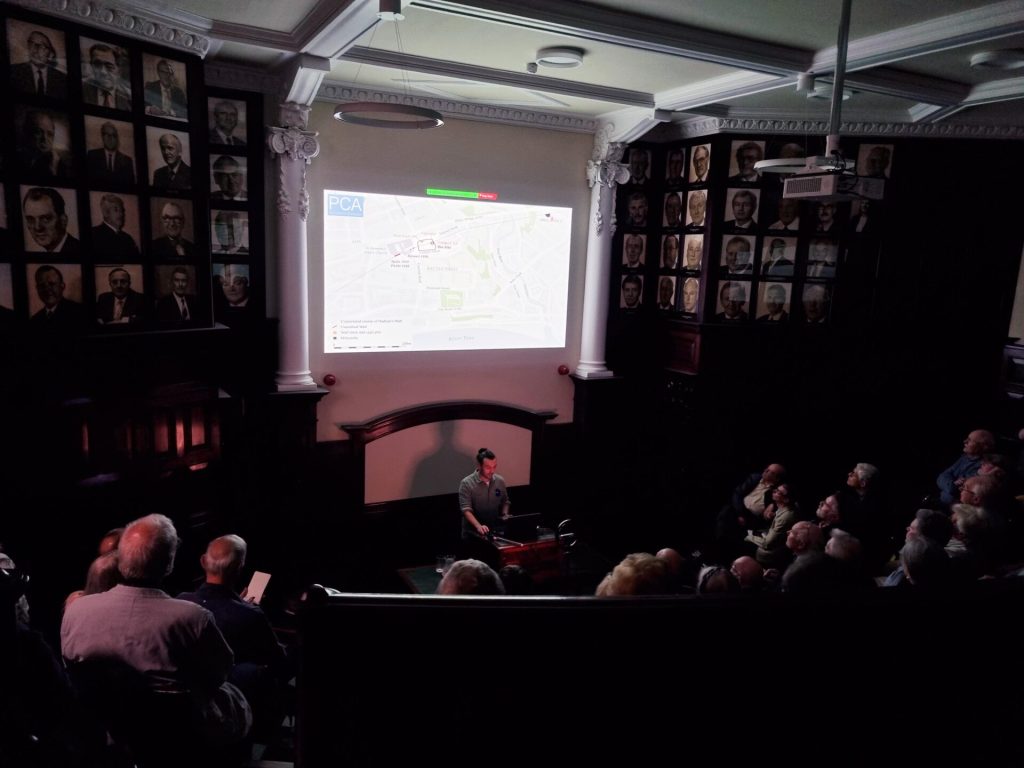
Next in our celebration of PCA’s 30-year history of fantastic sites, we have not one, but two sites excavated ahead of the construction of a new road to bypass the towns of Bedale, Aiskew and Leeming Bar in North Yorkshire. A pre-Roman enclosure, identified by aerial survey, was anticipated along the line of the road. However, the project also unexpectedly revealed the existence of a previously unknown Roman villa near Aiskew. Both the enclosure and the villa were situated alongside an ancient routeway, following a slightly elevated path above the local floodplains – the very same route chosen by modern engineers for the road.
Read more about this groundbreaking site here
